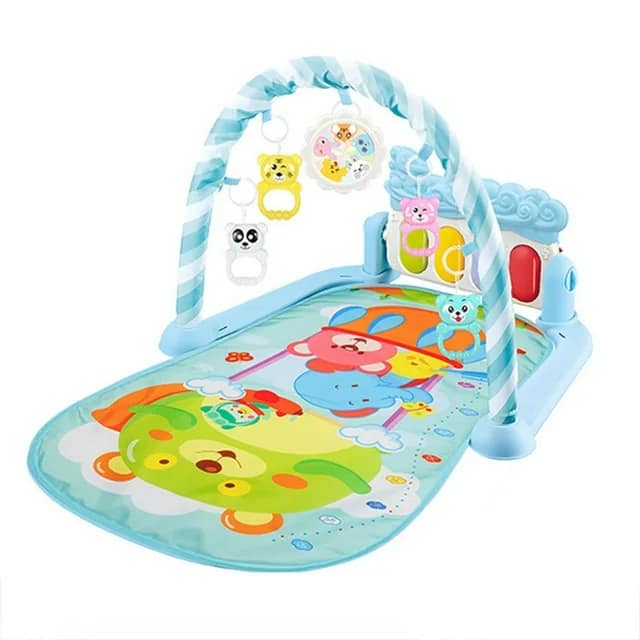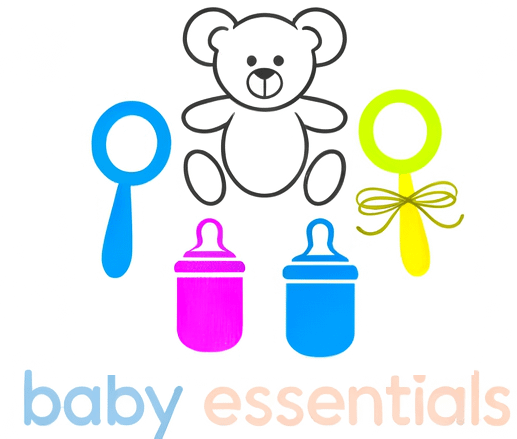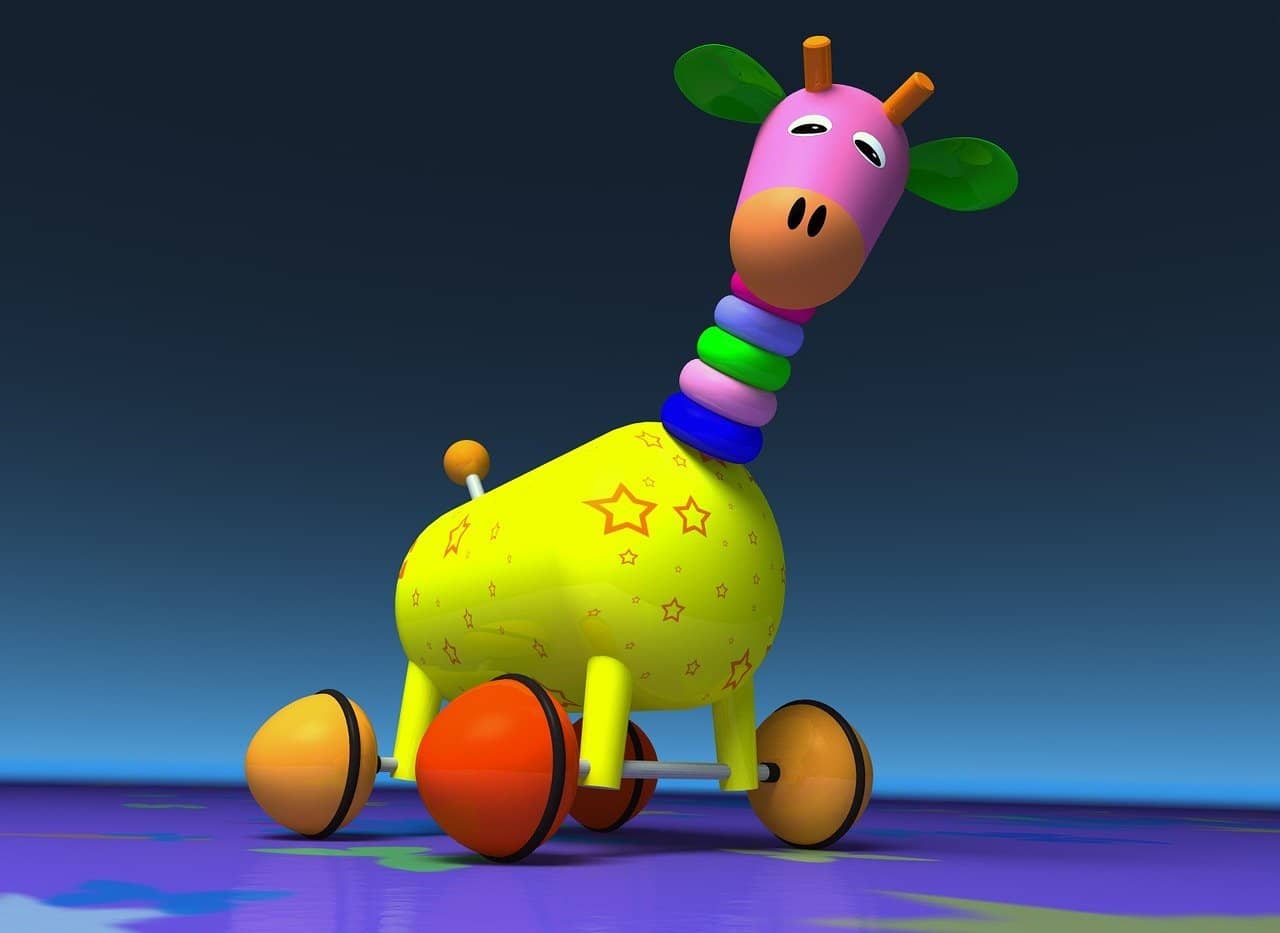Baby Learning Toys: Unlocking the Potential of Early Development
Estimated Reading Time: 6 minutes
- Baby learning toys are essential for cognitive, physical, and emotional development.
- Age-appropriate toys enhance different skills like fine motor, language, and social interaction.
- Safety is paramount; choose non-toxic, larger-sized toys to avoid choking hazards.
- Playtime should be supervised to ensure safe exploration and engagement.
- Imaginative play nurtures creativity and problem-solving skills from a young age.
The Importance of Baby Learning Toys
Baby learning toys are more than just objects of entertainment; they are vital components in a child’s developmental journey. Research has shown that toys significantly influence child development by providing various experiences that promote learning through play. According to Kids Care Club, toys shape a child’s cognitive, emotional, and social skills in transformative ways.
Key Benefits of Baby Learning Toys
Cognitive Development
Cognitive skills are vital for learning and problem-solving. Baby learning toys stimulate a child’s curiosity, allowing them to think, reason, and understand their environment. Engaging with blocks, puzzles, and cause-and-effect toys fosters essential skills such as spatial awareness and logical reasoning. These activities not only challenge a baby’s mind but also enhance their understanding of cause and effect as they learn that their actions can produce different outcomes (1st Step).
Sensory and Fine Motor Skills
Sensory development is crucial for infants, and sensory toys can play a transformative role. Toys that present varying textures, sounds, and bright colours encourage sensory exploration. Fine motor skills and hand-eye coordination are refined through toys that require grasping, shaking, or squeezing, like rattles and textured teethers (Moonkie Shop).
Social and Emotional Development
Social skills and emotional intelligence are nurtured through play. Interacting with dolls, puppets, or stuffed animals allows infants to express emotions, comprehend relationships, and develop empathy. Moreover, many toys encourage cooperative play, helping children learn vital social skills such as communication and turn-taking (1st Step).
Language Development
Language skills are foundational for cognitive development, and toys play a significant role in this area as well. Books, interactive toys, and puzzles that introduce words and concepts stimulate listening and speech. Additionally, mirrors and toys featuring facial images encourage infants to focus on expressions, laying the groundwork for effective communication (UnityPoint Health).
Physical Development
Physical toys such as play gyms and colourful mats motivate movement and help create gross motor skills. As babies reach for their toys and manipulate them, they develop strength, coordination, and balance. This physical aspect of development is essential and should not be overlooked when selecting learning toys for infants (UnityPoint Health).
Recommended Baby Learning Toys by Age
Choosing the right toys for infants can significantly enhance their development. Here’s a breakdown of recommended toy types based on age and their developmental benefits:
| Age Range | Recommended Toy Types | Developmental Focus |
|---|---|---|
| 0-4 months | Rattles, mirrors, musical mobiles, tripod gyms, high-contrast books, play mats | Sensory exploration, basic motor skills, early language/social |
| 4-6 months | Textured/chilled teethers, soft squeeze toys, peek-a-boo toys | Fine motor skills, teething comfort and object permanence |
By selecting age-appropriate toys, caregivers can create a more impactful learning environment that aligns with the needs of their child (UnityPoint Health).
How Toys Facilitate Learning
The educational value of toys is immense. They function as hands-on learning tools that turn abstract concepts into tangible experiences for babies.
Imagination and Creativity
Pretend-play toys encourage infants to create stories and explore different roles, nurturing their creativity. Engaging in imaginative play is an avenue for babies to express themselves and understand the world, fostering creative thinking from a young age (Kids Care Club).
Problem Solving
Cause-and-effect toys, including stacking blocks and simple puzzles, challenge problem-solving skills. These toys prompt infants to think critically as they strive to find solutions, laying a foundation for future learning and cognitive development (1st Step).
Language and Communication
Interactive toys that incorporate letters, numbers, and sounds introduce foundational language concepts. Reading books also ignites imagination and comprehension skills in infants (1st Step).
Safety Considerations
While the benefits of baby learning toys are vast, ensuring safety is paramount. Caregivers should be vigilant about selecting toys free from choking hazards, made from non-toxic materials, and appropriate for the child’s developmental stage (UnityPoint Health).
Tips for Safe Play
- Supervise playtime to prevent accidents.
- Regularly check toys for wear and tear.
- Ensure toys are appropriately sized for infants, minimising the risk of choking.
Conclusion
Baby learning toys are vital tools in nurturing and developing an infant’s cognitive, emotional, and physical skills. They transform playtime into enriching learning experiences and help build a foundation for lifelong learning. When selecting toys, aim for a variety of safe, high-quality options tailored to the baby’s age and interests, creating a fun and stimulating environment that encourages exploration and growth.
Frequently Asked Questions About Baby Learning Toys
What age should I start introducing learning toys to my baby?
You can start introducing learning toys from birth. For newborns (0-4 months), focus on sensory toys like rattles, mirrors, musical mobiles, and high-contrast books that stimulate their sight, sound, and touch. These early toys support sensory exploration and basic motor skills development. As babies grow, their toy needs evolve – at 4-6 months, textured teethers and soft squeeze toys become more appropriate for developing fine motor skills and providing teething comfort.
How do I know if a toy is safe for my baby?
Safety should always be your top priority when selecting baby toys. Ensure toys are made from non-toxic materials and don’t contain small parts that could pose choking hazards. Always check the manufacturer’s age recommendations and follow them strictly. Additionally, supervise playtime to prevent accidents, regularly inspect toys for wear and tear, and ensure toys are appropriately sized for your infant to minimise choking risks.
How many toys should my baby have at one time?
Quality over quantity is key when it comes to baby toys. It’s better to have a few high-quality educational toys than a room full of toys that don’t serve a developmental purpose. Consider implementing toy rotation to keep your child engaged – this practice makes old toys feel new again and prevents boredom while allowing you to introduce new skills and concepts gradually. For babies, attention spans are typically 2-3 minutes on average, so having too many toys out can be overwhelming.
What types of toys best support my baby’s development?
Different types of toys support various aspects of development. For cognitive growth, choose blocks, puzzles, and cause-and-effect toys that foster spatial awareness and logical reasoning. Sensory toys with varying textures, sounds, and bright colours encourage exploration and help develop fine motor skills. Interactive toys like rattles and play gyms support hand-eye coordination and grasping skills. For social and emotional development, dolls, puppets, and stuffed animals help infants express emotions and develop empathy.
Can educational toys really make my baby smarter?
Educational toys support brain development by providing hands-on learning experiences that turn abstract concepts into tangible experiences. While they might seem too young for ABCs and numbers, you can lay the foundation for learning with simple baby books and educational playmats. These toys boost intelligence levels by involving your baby’s brain in thoughtful activities and helping them learn new skills, while also enhancing motor skills through cognitive development. The key is choosing age-appropriate toys that challenge without frustrating your child.
How often should I rotate my baby’s toys?
Toy rotation frequency depends on your baby’s interest level and developmental stage. Many parents find success rotating toys weekly or bi-weekly, but you should observe your baby’s engagement levels to determine the best schedule. When toys no longer capture your baby’s attention or they seem bored, it’s time to rotate. This practice helps maintain novelty, prevents overstimulation, and allows you to reintroduce toys that support skills your baby is currently developing. Remember that babies’ attention spans are naturally short, so rotation can help maximise the educational value of each toy.
Polegas Baby Play Mat, Baby Piano Gym

Disclosure: As an Amazon Associate, I earn from qualifying purchases. This means that if you click on a link and make a purchase, I may receive a small commission at no additional cost to you.
Further Reading
- UK Baby Product Safety Standards 2025: Your Complete Parent’s Guide
- Baby Milestones: What to Expect in the 1st Year
Essential Baby Learning Toys for Early Growth Podcast
As the podcast is hosted on Spotify, you may need to refresh the page to pull in the podcast.


